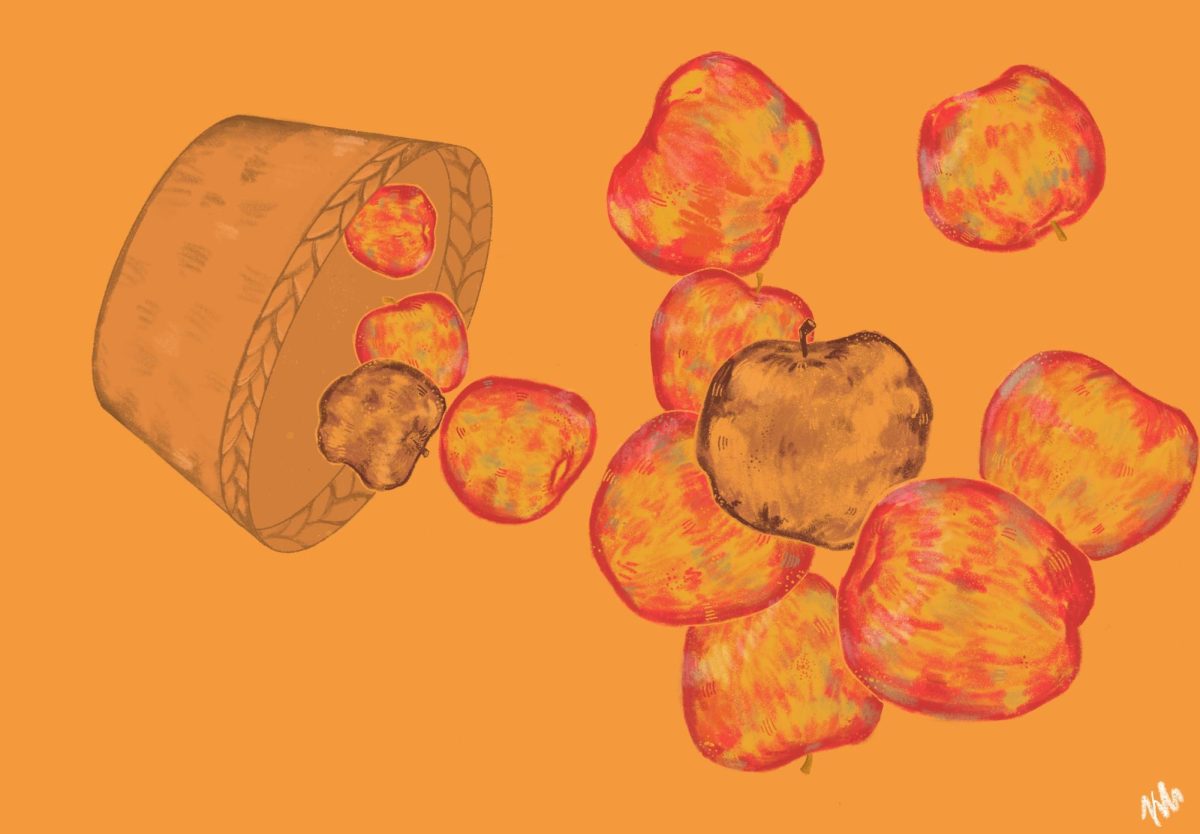By Julia Kim
Staff Writer
To sleep or not to sleep.
In a neck and neck race, I choose the latter. I can’t quite speak for everyone though—not everyone is as slow a worker as me. Not everyone stares, dazed, at the clock reading 3 a.m. Not everyone glares at their transcript, frustrated by the two-digit number that’s there.
But, I know a portion of the student population finds themselves in the same shoes as me, struggling to raise a number by even just 0.01.
It makes a difference.
Come end of first semester, students outside of the top 10 percent will not find the number on their transcript that haunted me for the last three years of my life. Coppell High School, following a small group of schools, will no longer provide ranks for individuals not within the top 10 percent of their class.
Iin the long run, there is no doubt the benefits will outweigh the disadvantages. Call it wishful thinking, but the focus will be back on learning—actual learning. Neither I nor the rest of the student body can ignore the fact that education has gradually become second to grades. It has become so competitive that it may no longer be a true measure of success, or perhaps it never was.
Last year, I sat in on a conversation, or rather, overheard one: my classmate was debating enrolling in psychology. My outright answer, then, would have been “don’t do it”, and the logic behind it was indeed the grade. That much work wasn’t worth the 97 that wasn’t even guaranteed, granted that it is even a 6.0 class.
I was a junior at that time, part of the battle to rank in the top 10 percent, maybe even in the top 5 percent. Any extra work that jeopardized my grade was a big “no”.
This time around, I think twice on the matter; the class definitely shouts opportunity. Good grade or not, I (and my peer) would have learned in that class, satisfying the small yet existent hunger for knowledge. Now that I’m positive that that hunger is steadily growing, my response would be different on so many levels.
I’m sure many of you were once stuck in this dispute, and with this new policy, maybe the focus will shift from numbers back to learning.
The competition at CHS is intense, too extreme for many – including me. I assume, rightfully so, that the gap between a student ranked 20 and another ranked 80 can be a few tenths of a point. A college can’t use this miniscule difference to evaluate and accept one student and outright deny the other. With the district implementing this new change, lower ranked students—provided that they work hard—can compete against those with a better rank, rest assured. The emphasis then will fall on other aspects of a student’s college application.
Fortunately, the district made the very wise decision to keep ranks for students in the top 10 percent. Although I am not necessarily interested in attending the University of Texas or any other state school for that matter, this move to keep the top students rated provides them with a handful of “safety schools.”
At the end, I fall asleep, cherishing every moment of it. Although I don’t regret it, was the extra two hours of sleep really worth that 96 in the class?
To read the con, click here.








